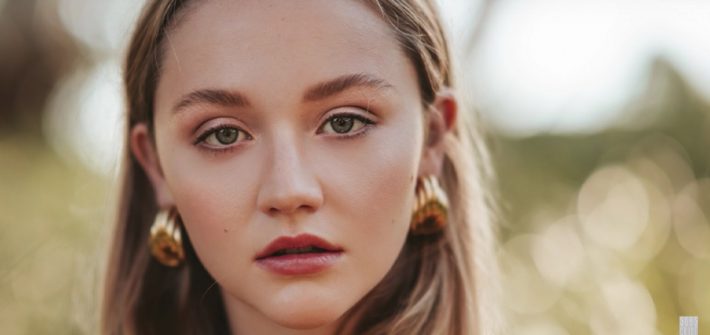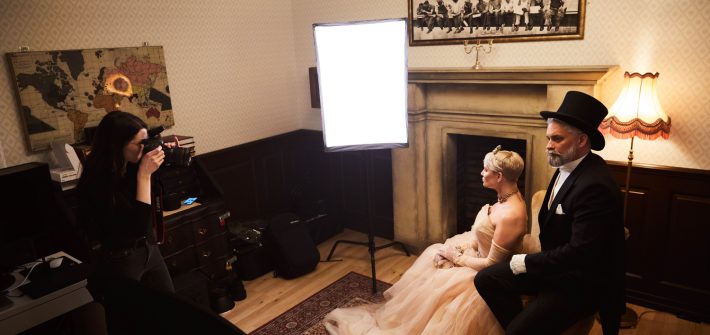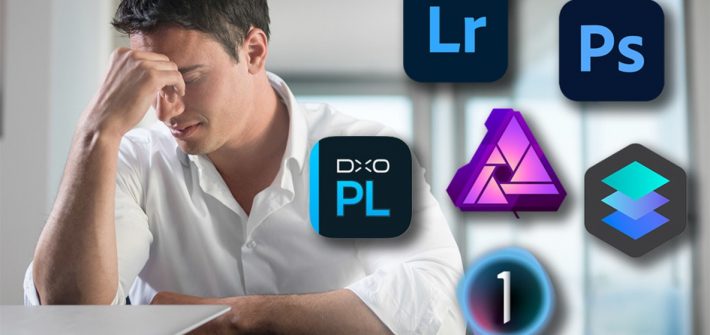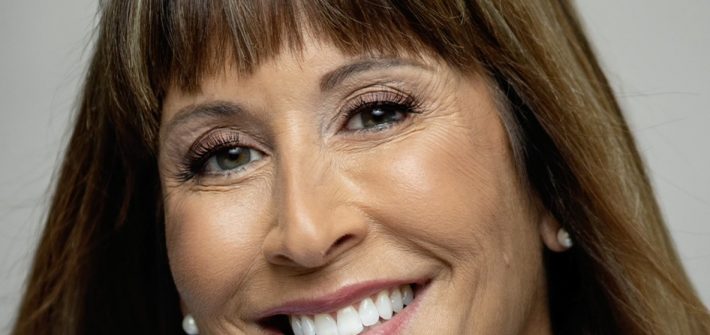There is a common misconception about strobe lighting that might be holding back your images, and it’s an easy one to make. Here is a concise and clear explanation of the problem.
![]()

Portrait photography takes the combination of technical skills with your camera, lighting knowledge, the ability to work with subjects, and strong editing skills to make a compelling final image, meaning a lot to learn for the new photographer. If you are just starting out, this excellent video tutorial features five helpful tips that will help you get on the right track to becoming proficient.
![]()

35mm, 50mm, and 85mm lenses are some of the most popular out there, offering relatively neutral focal lengths quite suitable for portraiture. However, each one renders your subject quite differently and is appropriate for different situations. This great video compares the three focal lengths and will show you the sort of images you can get from each to help you choose the right for your work.
![]()

What is the greatest challenge you faced on a photoshoot? Your answer may very well include time pressure, an annoying art director, lack of gear, unknown locations, and much more. This is exactly what Profoto did to some four photographers who were asked to only take their camera to a secret location.
![]()

Artificial intelligence is bringing incredible advances for photographers, from relighting portraits and making people smile, to cleaning up skin and swapping out skies. However, photographers everywhere would beg developers of photo-editing software to harness deep learning to create one simple tool.

An 85mm lens with a wide aperture is one of the most popular choices among photographers, offering the classic focal length for portraits paired with narrow depth of field and a lot of bokeh. Such lenses can run quite high in price, however, sometimes well over $2,000. The Tokina atx-m 85mm f/1.8 FE comes in at a significantly lower price, and this great video review takes a look at the sort of performance and image quality you can expect from it in practice.